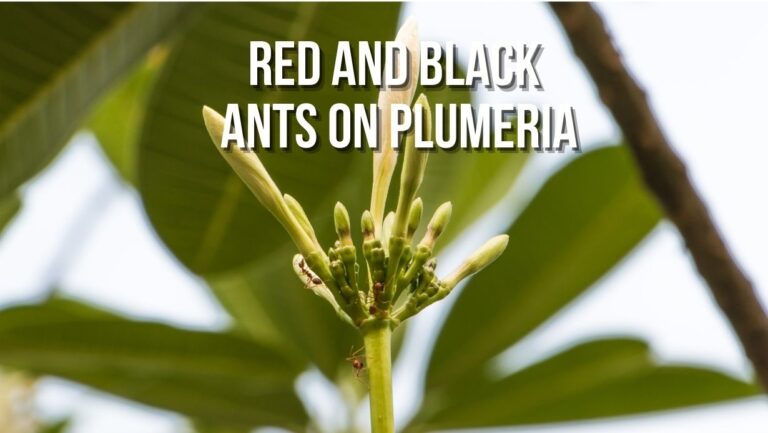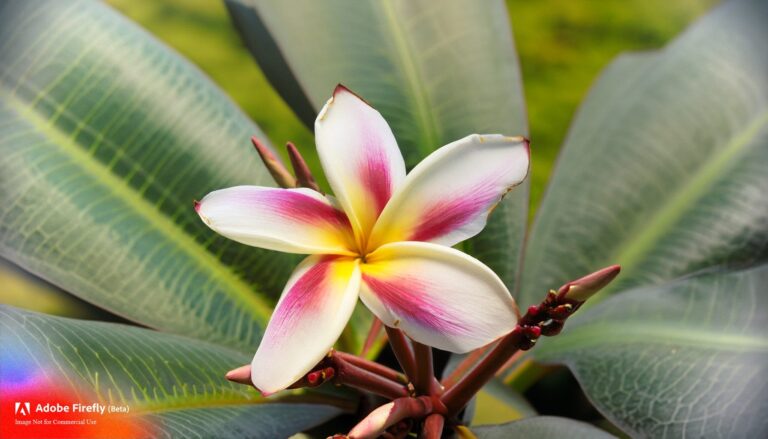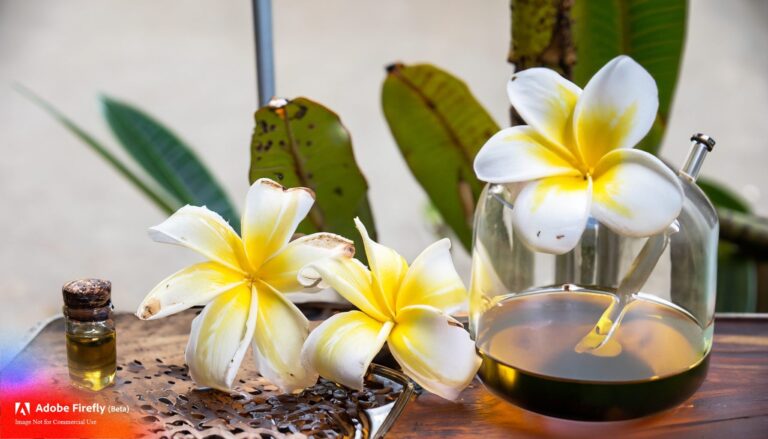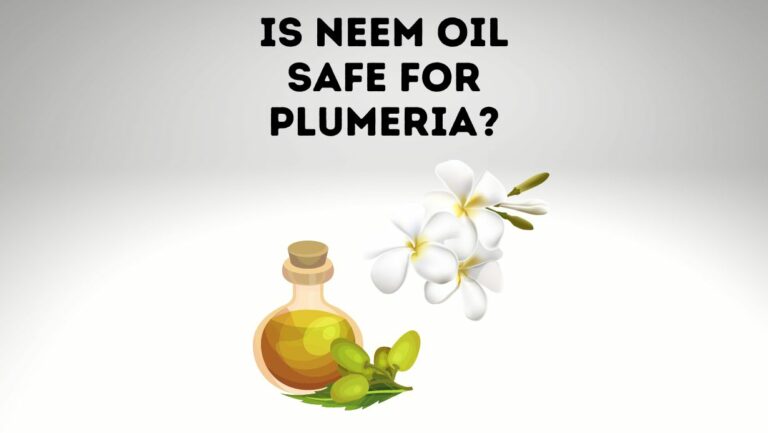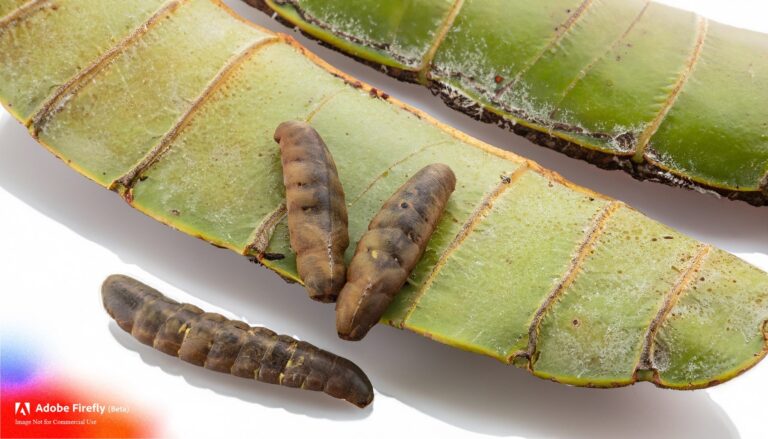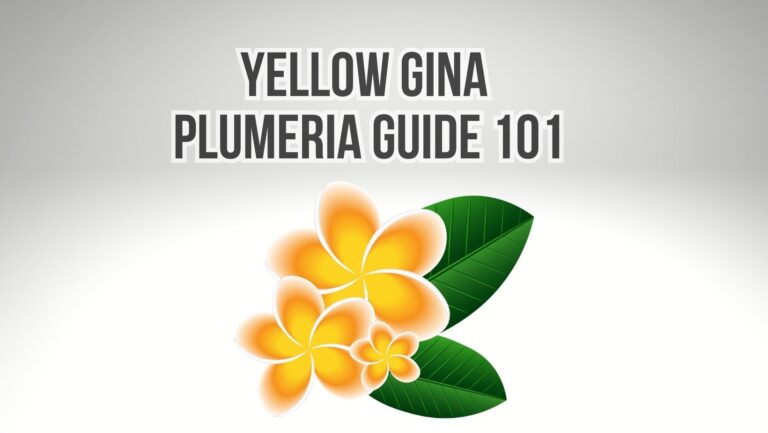
While there are no plants that are exact replicas of plumeria, there are several flowering plants that possess certain similarities in appearance or characteristics. These plants may share some features with plumeria, such as flower shape, color, or fragrance. Here are a few examples:
What does a plumeria look like?
Leaves: Plumeria leaves are thick, leathery, and elongated. They are typically oblong or lance-shaped, with smooth edges and a glossy texture. The leaves are arranged alternately along the branches and form a dense canopy.
Flowers: The flowers of a plumeria are the most distinctive feature of the tree. They are large and funnel-shaped, consisting of five overlapping petals. Plumeria flowers come in a wide range of colors, including shades of white, yellow, pink, red, and orange. Some varieties also exhibit multiple colors or color gradients, creating beautiful and eye-catching patterns. The flowers have a sweet and intoxicating fragrance that is often associated with tropical environments.
Branches and Bark: The branches of a plumeria tree are thick, sturdy, and often have a grayish-brown or grayish-green bark. As the tree ages, the bark can become rough and develop a textured appearance.
Size: Plumeria trees can vary in size depending on the variety and growing conditions. They can range from small shrubs to medium-sized trees. On average, plumerias reach a height of about 15 to 25 feet (4.5 to 7.5 meters) when fully mature, but some varieties can grow taller.
Overall, plumeria trees have an elegant and tropical appearance, with their lush foliage and stunning, fragrant flowers. They are popular choices for gardens, landscapes, and as potted plants in regions with warm climates, where they can thrive and showcase their beauty.
10 Plumeria Look like Plants
Oleander (Nerium oleander):
Oleander has similar lance-shaped leaves and produces clusters of showy, funnel-shaped flowers in various colors, including white, pink, red, and yellow. However, unlike plumeria, oleander is a shrub rather than a tree.
Mandevilla (Mandevilla spp.):
Mandevilla vines feature glossy, leathery leaves and produce large, trumpet-shaped flowers in colors like pink, red, or white. The flowers can resemble some plumeria varieties, although the overall growth habit is more vine-like.
Angel’s Trumpet (Brugmansia spp.):
Angel’s Trumpet plants have large, pendulous, trumpet-shaped flowers that come in a variety of colors, including white, yellow, pink, and peach. While distinct from plumeria, the fragrant flowers can create a tropical ambiance similar to plumeria.
Frangipani Bush (Hymenosporum flavum):
The Frangipani Bush, also known as the Native Frangipani or Sweet Frangipani, has yellowish-green, glossy leaves and produces fragrant, creamy-yellow flowers. While it is not closely related to plumeria, its flowers can evoke a similar tropical vibe.
Cape Jasmine (Gardenia jasminoides):
Cape Jasmine is a shrub with glossy, dark green leaves and highly fragrant, white, and waxy flowers. Though the flowers differ from plumeria, their captivating fragrance is reminiscent of the intoxicating scent of plumeria blooms.
Gardenia (Gardenia spp.):
Gardenia plants feature glossy, dark green leaves and produce highly fragrant, white flowers that somewhat resemble plumeria flowers’ shape and petal arrangement. While gardenia flowers are typically smaller than plumeria blooms, their intoxicating scent and white color make them a popular choice for gardens and landscapes.
Jasmine (Jasminum spp.):
Jasmine plants produce small, star-shaped flowers that are often white or pale yellow. Although the flowers of jasmine differ in shape and size from plumeria, they both possess a delightful fragrance. The twining growth habit of some jasmine varieties can also resemble the branching structure of plumeria trees.
Philadelphus (Philadelphus spp.):
Philadelphus, commonly known as mock orange, is a shrub with dark green foliage and clusters of fragrant, white flowers. While the flower shape and structure differ from plumeria, the combination of white flowers and a pleasant fragrance can evoke a similar aesthetic.
Nerium Oleander (Nerium oleander):
Oleander is a flowering shrub that bears similarities to plumeria in terms of its lance-shaped leaves and clustered flowers. Oleander flowers are available in a wide range of colors, including white, pink, red, and yellow, which can resemble the vibrant palette seen in plumeria blooms. However, it’s important to note that oleander is toxic if ingested, so caution should be exercised when planting it.
Hibiscus (Hibiscus spp.):
Hibiscus plants have large, showy flowers with prominent stamens, similar to plumeria. While the flower shape differs, hibiscus shares the tropical essence of plumeria, with various colors ranging from white and yellow to pink, red, and orange. The size and overall appearance of hibiscus flowers can be visually captivating, much like plumeria blooms.
Summary
While these plants may resemble certain aspects of plumeria, it’s important to note that each has its unique characteristics and growth requirements. The allure and distinctiveness of plumeria’s flowers and overall appearance make it a truly exceptional and sought-after plant.

